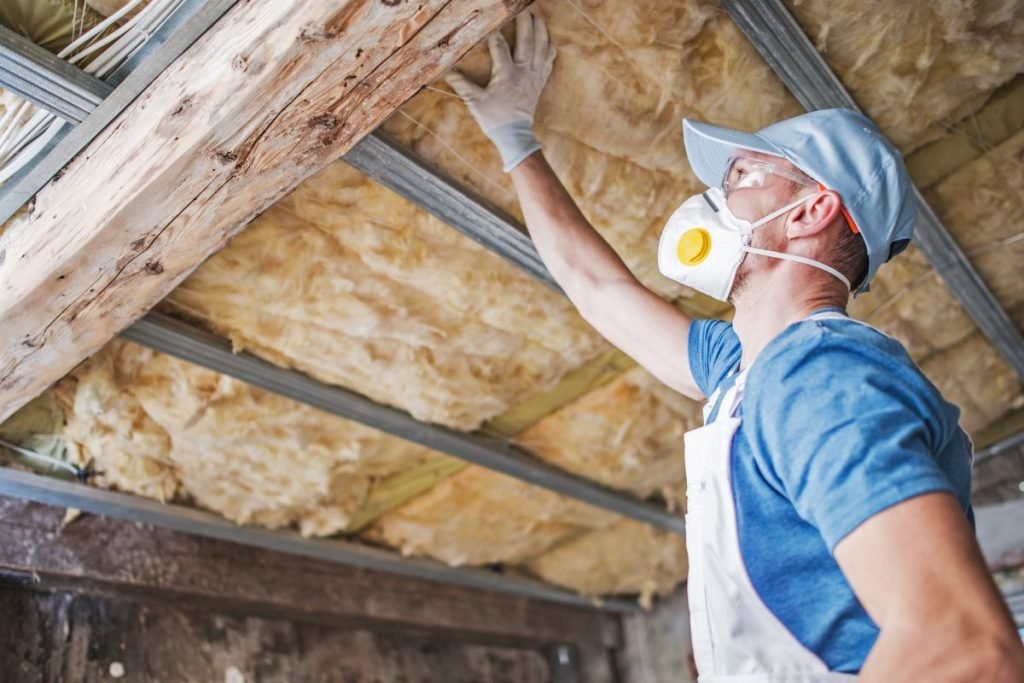
Figuring out how long your insulation installation will take is crucial for planning and budgeting. The short answer? It varies! Installation can range from a few hours to several days, depending on factors like the size of the area, the type of insulation, and the complexity of the job. This article breaks down everything you need to know about insulation installation timelines so you can be prepared.
Why Insulation Installation Time Matters

Understanding the estimated timeline for insulation installation is essential for several reasons. First, it allows you to properly budget for the project, considering both material and labor costs. Second, knowing the duration helps you plan your schedule and minimize disruption to your daily life. Finally, being aware of potential delays can prevent frustration and ensure a smoother overall experience. For more insights, check out our previous blog page “What Kind of Insulation Is Best for Soundproofing: A Comprehensive Guide”
Factors Affecting Insulation Installation Time
Several key factors influence how long it takes to install insulation:
1. Project Size (Square Footage)
Unsurprisingly, the larger the area you’re insulating, the longer the project will take. Insulating a small attic will be significantly faster than insulating an entire house. Consider the square footage of the attic, walls, or crawl space you plan to insulate. Larger projects naturally require more material and labor.
2. Type of Insulation
Different types of insulation have varying installation complexities. Fiberglass batts are generally faster to install than spray foam, which requires specialized equipment and expertise. Blown-in cellulose insulation also has its own timeframe considerations. The type of insulation you choose will significantly impact the overall project duration.
Ready to improve your home’s energy efficiency? Call us today for a free estimate!”
3. Accessibility
The ease of access to the area being insulated also plays a vital role. Attics with narrow entrances or crawl spaces with limited headroom can slow down the installation process. Difficult-to-reach areas require more time and effort to maneuver materials and equipment. For more information on insulating attics, visit our Attic Insulation page.
4. Complexity of the Job
If existing insulation needs to be removed, or if there are obstacles like wiring or plumbing in the way, the installation will take longer. Any necessary repairs to the structure also add to the overall timeline.
5. Professional vs. DIY
Hiring a professional insulation contractor will almost always result in a faster and more efficient installation. While DIY insulation projects can save money, they often take longer due to inexperience and potential mistakes. Professionals have the tools, knowledge, and experience to complete the job quickly and correctly.
Average Installation Timeframes

Here are some general estimates for common insulation projects. Keep in mind that these are just averages, and the actual time may vary based on the factors mentioned above:
1. Attic Insulation
- Small Attic (under 500 sq. ft.): 4-8 hours
- Medium Attic (500-1000 sq. ft.): 8-16 hours
- Large Attic (over 1000 sq. ft.): 1-2 days
2. Wall Insulation
- Small Area (one or two walls): 4-8 hours
- Full House (exterior walls): 1-3 days
3. Crawl Space Insulation
- Small Crawl Space (under 500 sq. ft.): 4-8 hours
- Medium Crawl Space (500-1000 sq. ft.): 8-16 hours
- Large Crawl Space (over 1000 sq. ft.): 1-2 days
Tips to Expedite Insulation Installation
Here are some tips to help speed up the insulation installation process:
1. Proper Preparation
Before the installation begins, clear the area of any clutter or obstacles. Remove stored items from the attic or crawl space. Make sure the installers have easy access to the work area.
2. Choosing the Right Insulation Type
Select an insulation type that is appropriate for your needs and can be installed efficiently in your specific space. Consider factors like R-value, ease of installation, and cost.
Get personalized advice on the best insulation for your home. Call us for a free consultation!”
3. Hiring Experienced Professionals
The best way to ensure a quick and efficient installation is to hire experienced and reputable insulation contractors. They will have the knowledge, skills, and equipment to complete the job properly and on time.
Frequently Asked Questions (FAQs)
How long does it take to install insulation in a 1,000 sq. ft. attic?
Typically, insulating a 1,000 sq. ft. attic can take anywhere from 8 to 16 hours, depending on the type of insulation and the complexity of the job.
Is it faster to install fiberglass or spray foam insulation?
Fiberglass batts are generally faster to install than spray foam, as spray foam requires specialized equipment and expertise.
Can I speed up the insulation installation process myself?
While you can help by preparing the area and removing obstacles, the best way to speed up the process is to hire experienced professionals.
Conclusion
Understanding the factors that influence insulation installation time is crucial for planning a successful project. From square footage to insulation type to the expertise of the installers, many elements can affect the timeline. By considering these factors and preparing accordingly, you can ensure a smooth and efficient insulation installation that improves your home’s energy efficiency and comfort.
Contact Us today for a free consultation and estimate!
